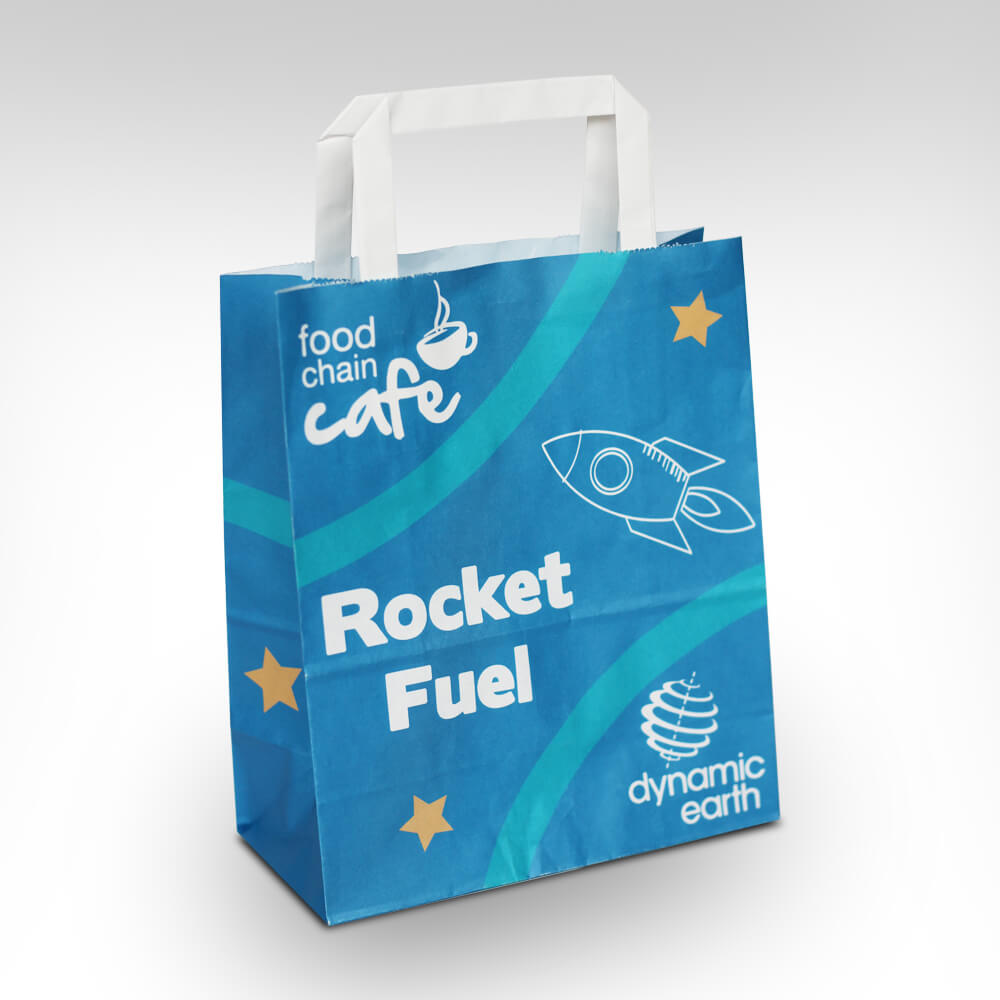The Rise of Disposable Food Containers Convenience vs. Environmental Impact
In our fast-paced world, convenience has become a cornerstone of modern living. One of the most prominent symbols of this trend is the disposable food container. These lightweight, often single-use vessels have revolutionized the way we transport and consume food, especially with the rise of takeout services and meal delivery apps. However, while they offer undeniable convenience, the environmental implications of disposable food containers cannot be overlooked.
Disposable food containers come in various materials, including plastic, foam, aluminum, and biodegradable options. Plastic containers, in particular, have become ubiquitous in restaurants, cafes, and grocery stores. They are inexpensive, lightweight, and can be stacked easily, making them ideal for takeout meals. For consumers, the allure of grabbing a meal on the go or enjoying leftovers without the hassle of traditional dishware is undeniable. This convenience is especially significant in urban areas where time is a luxury and quick meals are often necessary.
However, the environmental cost of these containers is significant. Most disposable food containers, especially those made from plastic, contribute to the growing problem of plastic waste. According to the Environmental Protection Agency (EPA), millions of tons of plastic are discarded each year, with a substantial portion ending up in landfills and oceans, where they can take hundreds of years to decompose. Marine life is particularly affected, as wildlife often ingests these materials or becomes entangled, posing a severe threat to biodiversity.
disposable food containers

In response to growing environmental concerns, some companies are beginning to shift towards more sustainable alternatives. Biodegradable and compostable food containers are emerging on the market, crafted from materials like corn starch or sugarcane. These containers are designed to break down more quickly than traditional plastics, thus reducing environmental impact. However, they also present their challenges. For instance, compostable containers require specific conditions to decompose effectively, which may not be met in all waste management systems.
To mitigate the negative effects of disposable food containers, consumers can take proactive steps. Bringing reusable containers for takeout meals can significantly reduce the need for single-use options. Many restaurants are beginning to encourage this practice by offering discounts to customers who bring their own containers. Additionally, supporting businesses that use eco-friendly packaging can help shift the market towards sustainability.
In conclusion, while disposable food containers offer unparalleled convenience, their environmental ramifications are serious and significant. As consumers, we have the power to influence change by making more sustainable choices and advocating for businesses that prioritize eco-friendly practices. The future of food packaging does not have to be a choice between convenience and environmental responsibility; with awareness and action, we can work towards a solution that benefits us all. Balancing convenience with sustainability is crucial, and as more individuals commit to making mindful decisions, a cleaner, greener future may be within reach.



